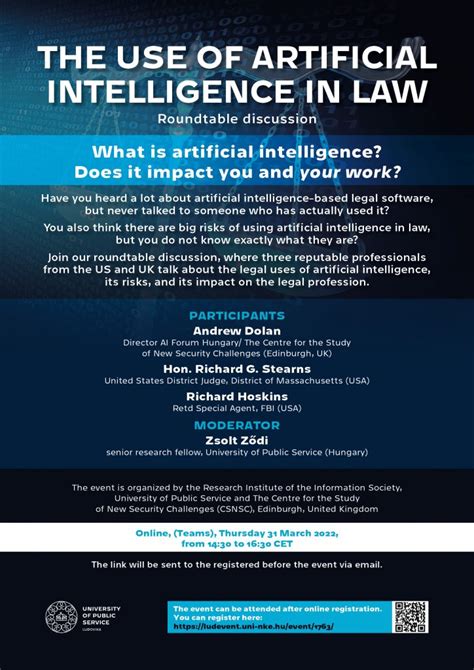In the ever-evolving landscape of artificial intelligence, one of the latest intriguing developments is the advent of CriticGPT. This AI system is designed to critique and identify mistakes in code generated by other AI models, like OpenAI’s GPT-4. The fundamental premise here is that AI’s quality issues can be tackled effectively with more AI intervention. This raises vital questions about the efficiency, reliability, and practical implications of such an approach.
One of the key discussions emerging around this innovation is whether it truly addresses the problem of AI-generated mistakes or simply adds another layer of complexity. A prevalent view among the tech community suggests that models like CriticGPT could perpetuate existing mistakes rather than resolve them conclusively. The essence of this argument is that if two AI models—both with inherent limitations—are critiquing each other, it might not lead to a significant reduction in error rates. Rather, it might just be a sophisticated form of confirmation bias.
Training data quality is another crucial factor discussed in this context. Several users attribute the improved performance of models like Anthropic’s Claude Sonnet 3.5 to superior training data rather than an intrinsic advantage over GPT-4. This notion underscores the pivotal role of high-quality, diverse datasets in enhancing AI models’ effectiveness. As one user aptly pointed out, ‘Humans do the same thing.’ This mirrors the iterative process humans go through in refining their skills through practice and feedback.
The practical application of CriticGPT in coding scenarios is a mixed bag. While some developers report that using AI critics can streamline the debugging process, others argue that it introduces redundant checks that might not significantly improve coding efficiency. A highlighted concern is the ‘hallucination’ problem—where AI confidently generates plausible but incorrect responses. This issue underscores the need for human oversight, even when AI critics are in play. As one user humorously put it, ‘It’s critics all the way down,’ suggesting an infinite regress problem where each AI critic would need another critic to ensure reliability.
Interestingly, some users have found pedagogical value in arguing with AI models. This iterative learning process, where they challenge the AI’s outputs and force it to refine its responses, has helped them deepen their understanding of complex topics. For instance, a user shared how CriticGPT and similar tools have enhanced their grad school experience by providing a dynamic platform for critical thinking and problem-solving. This educational value highlights that, while the AI might not always be accurate, the process of refining its outputs can be significantly beneficial.
From a broader perspective, the advent of AI critics like CriticGPT raises important ethical and operational questions. The reliance on a combination of AI and human raters, often from underpaid and overworked backgrounds, adds a layer of socio-economic complexity to the discussion. Moreover, the transparency—and often the lack thereof—in how these models are trained and evaluated remains a sticking point. The ‘critic for the critic’ dilemma remains unresolved, with many advocating for more open models to foster accountability and trust in AI systems.
In conclusion, while CriticGPT and similar models represent a fascinating step in AI’s evolution, they are not without their challenges and limitations. The iterative process of AI critiquing AI has potential, but its success heavily depends on the quality of training data, human oversight, and transparent evaluation criteria. As the tech world continues to grapple with these issues, it’s clear that the dialogue between human ingenuity and machine intelligence is just beginning—each iteration bringing us closer to more reliable and efficient AI systems.


Leave a Reply